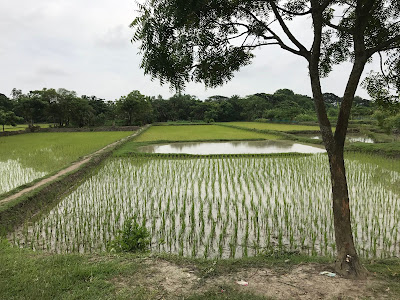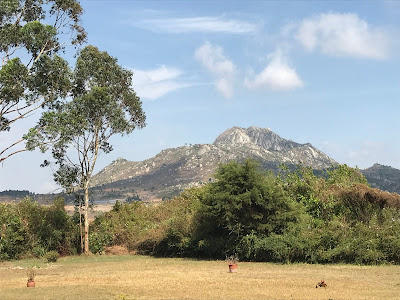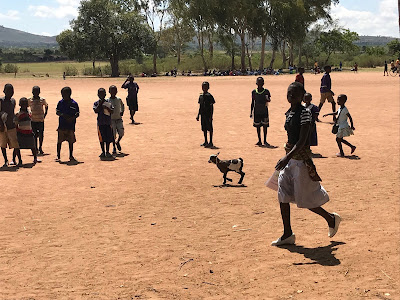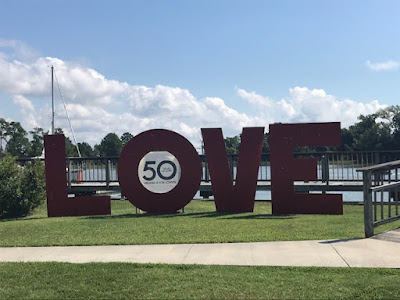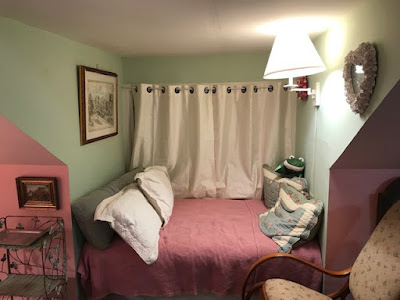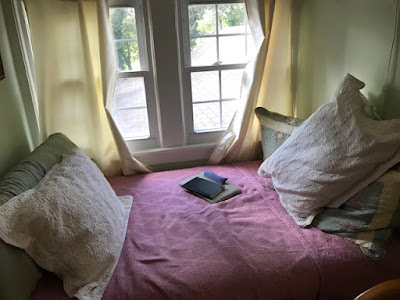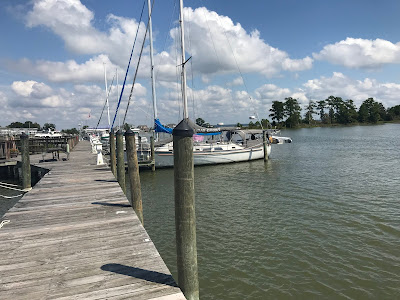Travel On!
This morning on the way to work I opened yesterday’s New York Times travel section with its cover story on 52 places to visit in 2020. It’s a wonder I made it into the office. I could totally have seen myself looking up at National Airport or Eisenhower Avenue, having sailed past my stop, salivating over a double-page spread photograph of the Lake District.
I’m not a bucket-list kind of person. I love to travel but am more of an “I’ll-take-whatever-I-can-get” kind of person, and when reading a luscious travel section, as I was this morning, I pretty much want to go to everyplace I see — except, maybe, Richmond, Va., — it’s too close!
But articles like these do us a great service, I think. They simulate the imagination, they lead us to research the spots that look interesting, and, who knows, they might even be the first nudge that gets us to Tajikistan or Slovenia or the British Virgin Islands.
It’s a brand new year, a brand new decade. Travel on!
(If you’d told me in 2010 that I would visit Bangladesh, above, in 2017 … I wouldn’t have believed it!)
